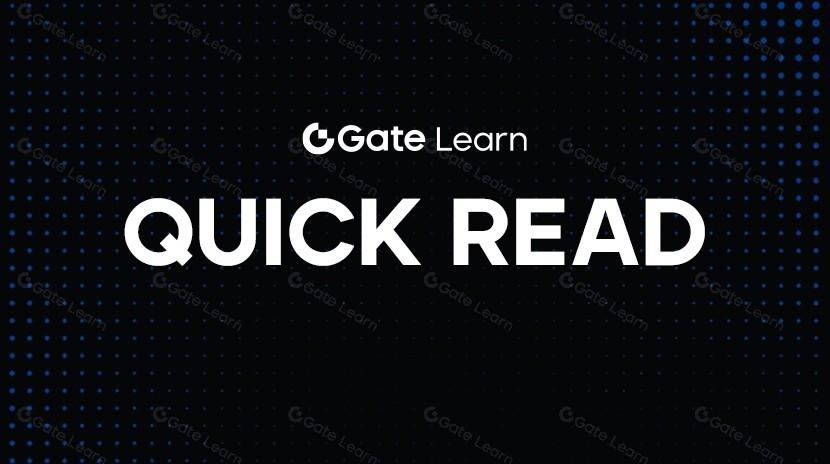Leia TUDO sobre ROAM num artigo
Origens e Desenvolvimento da ROAM
Com a adoção generalizada da internet, as redes centralizadas tradicionais têm gradualmente revelado problemas em termos de cobertura, segurança e custos. Os provedores de serviços de rede controlam centralmente os recursos da rede, o que não só representa riscos de privacidade, mas também leva a más experiências do usuário em áreas remotas ou durante a congestão da rede. Ao mesmo tempo, o surgimento da tecnologia blockchain proporcionou novas ideias para enfrentar esses problemas. A introdução do conceito DePIN lançou as bases teóricas para o desenvolvimento de redes de infraestrutura física descentralizadas.

Fonte da imagem:https://x.com/weRoamxyz
A equipa do projeto da ROAM reconheceu cedo estas tendências, com o objetivo de usar tecnologias de ponta para construir uma rede sem fios aberta, justa e eficiente. A equipa é composta por membros de áreas como comunicações, blockchain e informática, com experiência rica na indústria e espírito inovador. Nas fases iniciais, a equipa focou-se na pesquisa de tecnologia e na construção da arquitetura subjacente da rede ROAM. Estudaram a tecnologia DePIN em profundidade, desenvolvendo um sistema eficiente de gestão de nós para garantir ligações estáveis aos hotspots WiFi e a distribuição razoável dos recursos da rede. Também integraram a tecnologia eSIM para roaming global conveniente. No que diz respeito à blockchain, a equipa projetou um mecanismo de consenso seguro e confiável para garantir a segurança da rede e a justiça das transações. Após extensos testes e otimização, concluíram o esboço básico da rede ROAM e lançaram uma versão de teste, convidando utilizadores e programadores iniciais a participar e fornecer feedback.
Com base no feedback da fase de testes, a equipa realizou uma série de otimizações e melhorias. Por um lado, expandiram a cobertura da rede ao colaborar com parceiros globais para aumentar o número de hotspots WiFi. Foram implementadas medidas de incentivo para encorajar indivíduos e empresas a tornarem-se operadores de nós e contribuírem para a construção da rede. Por outro lado, enriqueceram o ecossistema ao lançar o Roam Explorer, que ajuda os utilizadores a compreender a distribuição dos nós da rede e a participação dos utilizadores. Também desenvolveram o Roam eSIM, permitindo roaming global em mais de 180 países, e lançaram dispositivos de hardware como o Roam Rainier MAX60 e o Roam Baker MAX30, melhorando a experiência de mineração e acesso à rede dos utilizadores.
À medida que a escala da rede cresceu e o número de usuários aumentou, a ROAM começou a aprofundar a expansão de seu ecossistema. Eles estabeleceram Staking Pool e Lock-Up Pool para melhorar o modelo econômico do token, atraindo mais usuários para participar do desenvolvimento do ecossistema. Ao mesmo tempo, eles se envolveram em extensas colaborações com várias instituições e empresas em áreas como telecomunicações, investimento e tecnologia. Parceiros como Airbeam e Airswift fornecem suporte técnico para a cobertura de rede, enquanto investidores como Arkreen e Comma3 Ventures injetam financiamento no projeto. Colaborações com empresas de tecnologia como EdgeX ajudam a ROAM a aprimorar seu ecossistema e impulsionar a adoção generalizada da tecnologia DePIN.

Fonte da imagem:https://www.weroam.xyz/
Economia de Tokens ROAM
ROAM é o token nativo do projeto, com um fornecimento total de 1 bilhão, implementado na blockchain Solana. De acordo com as informações do whitepaper, seu plano de distribuição é o seguinte:
(1) Alocação da equipa: 120 milhões de tokens são alocados à equipa do projeto, com um período de lançamento de seis anos. Este método de desbloqueio faseado vincula estreitamente os interesses da equipa ao desenvolvimento a longo prazo do projeto. Os membros da equipa precisam de contribuir continuamente para a pesquisa e desenvolvimento tecnológico do projeto, expansão ecológica e promoção de mercado para gradualmente obter os tokens correspondentes.
(2) Atribuição de investidores: 280 milhões de tokens (280M) são atribuídos a investidores iniciais e futuros, incluindo a parte do airdrop, que constitui uma parte importante do abastecimento inicial em circulação.
(3) Produção de mineração: Os restantes 600 milhões (600M) serão gerados através da mineração. O mecanismo de mineração é uma das principais forças motrizes para o desenvolvimento contínuo do ecossistema ROAM. Incentiva os utilizadores a participar ativamente na construção da rede, a contribuir com os seus recursos de hardware (como dispositivos de execução de nós), largura de banda da rede, etc. Por exemplo, os utilizadores podem participar na mineração através da compra dos routers oficiais da Roam (como MAX30, MAX60), fornecer serviços à rede e receber recompensas de mineração, expandindo assim continuamente a escala da rede, melhorando a estabilidade e cobertura da rede, garantindo a participação contínua no projeto e evitando a situação de o projeto ser apenas um sucesso passageiro.

Fonte da imagem:https://user.weroam.xyz/whitepaper
De acordo com os dados da Solscan, existem um total de 4638 endereços de detenção de ROAM, com os dez principais endereços detendo 98,83% das moedas, e o principal endereço detendo 59,44% das moedas, indicando uma distribuição de endereços de detenção relativamente concentrada no momento.

Fonte da Imagem:https://solscan.io/token/RoamA1USA8xjvpTJZ6RvvxyDRzNh6GCA1zVGKSiMVkn#holders
Os tokens ROAM são amplamente utilizados no ecossistema descentralizado de rede sem fio, servindo como um elemento chave que impulsiona a operação e desenvolvimento de todo o ecossistema, com os seguintes principais cenários de aplicação:
(1) Recompensa de Conexão de Rede: Os utilizadores podem receber tokens ROAM como recompensa quando utilizam a rede ROAM para se conectarem a hotspots WiFi. A recompensa é baseada na duração da conexão, no uso de dados e na contribuição do nó. Quanto maior for o tempo de conexão, maior o consumo de dados e melhor o desempenho do nó em termos de estabilidade de rede e provisão de largura de banda, mais tokens o utilizador receberá como recompensa.
(2) Receita de Mineração de Hardware: A ROAM lançou dispositivos de mineração como o Roam Rainier MAX60 e o Roam Baker MAX30. Os utilizadores participam na mineração de rede ao executar estes dispositivos para fornecer suporte de potência de computação para a rede, verificar transações, manter a segurança da rede e ganhar recompensas em tokens ROAM. Devido a diferenças na configuração e desempenho, dispositivos diferentes têm eficiências de mineração diferentes. Por exemplo, o Roam Rainier MAX60, com uma configuração de alto desempenho, pode obter receitas de mineração relativamente mais elevadas, incentivando mais utilizadores a investir em hardware de alta qualidade para o desenvolvimento do ecossistema.
(3) Penhor de valor acrescentado: A ROAM estabeleceu o Staking Pool e o Lock-Up Pool. Os utilizadores penhoram tokens ROAM no Staking Pool, podem ganhar rendimentos de juros com base no montante e no tempo do penhor, e os rendimentos provêm da valorização da ecologia do projeto e das taxas de transação, etc. O Lock-Up Pool requer que os utilizadores bloqueiem tokens por um período específico, em troca, os utilizadores podem desfrutar de um rendimento anualizado mais elevado. Estes dois métodos de penhor não só proporcionam aos utilizadores uma forma de aumentar o valor dos ativos, como também ajudam a estabilizar a circulação de tokens no mercado, melhorando a estabilidade da ecologia do projeto.
(4) Governança ecológica: Os detentores de tokens ROAM têm os direitos de governança do ecossistema do projeto. Em decisões importantes, como direção do desenvolvimento do projeto, elaboração de regras, alocação de fundos, etc., os detentores de tokens podem expressar suas opiniões através de votação.
(5) Pagamento do Serviço eSIM: O serviço eSIM da ROA suporta roaming de rede em mais de 180 países. No futuro, os utilizadores podem vir a usar tokens ROA para pagar as taxas de serviço eSIM, o que não só proporciona aos utilizadores uma escolha de métodos de pagamento, mas também aprofunda ainda mais a profundidade de aplicação dos tokens dentro do ecossistema do projeto, promovendo a circulação dos tokens dentro do ecossistema.
(6) Participar em atividades ecológicas: O projeto ROAM realizará várias atividades online e offline, como seminários técnicos, encontros comunitários, etc. Os utilizadores podem utilizar tokens ROAM para participar nestas atividades ou obter recompensas em tokens durante os eventos. Além disso, em atividades conjuntas realizadas pelo projeto e parceiros, os tokens ROAM podem também servir como um meio para participar em atividades, obter benefícios ou prémios especiais, aumentar o entusiasmo dos utilizadores para participar em atividades ecológicas do projeto e reforçar a coesão da comunidade.

Endereço de negociação de spot de token ROA na Gate:https://www.Gate.com/trade/ROA_USDT
Fundação de Tecnologia ROAM
O core da ROAM é construir uma rede wireless global. Ao integrar 3,5 milhões de hotspots OpenRoaming e mais de 1 milhão de nós WiFi auto-criados, os usuários podem facilmente acessar e desfrutar de uma conexão segura e perfeita à rede global com apenas alguns toques. Seu ecossistema é diversificado, com dispositivos de hardware únicos. O Roam Rainier MAX60, como um roteador de mineração de alto desempenho, combina uma rede ultra-rápida WiFi 6, proteção de segurança de nível empresarial e poderosas capacidades de mineração; o Roam Baker MAX30, por outro lado, com suas vantagens compactas e acessíveis, expande a cobertura WiFi enquanto cria uma renda estável para os usuários. Em termos de cenários de aplicação, o Roam eSIM permite aos usuários navegar facilmente na rede em mais de 180 países com um eSIM global.
O DePIN é um dos principais conceitos tecnológicos do projeto ROAM. A infraestrutura de rede tradicional é controlada por algumas instituições centralizadas, o que tem muitas desvantagens, como cobertura de rede desigual, qualidade de serviço facilmente afetada pela falha de um único nó e dificuldade em proteger a privacidade dos dados do usuário. A ROAM utiliza a tecnologia DePIN para descentralizar a construção e operação da infraestrutura de rede. Através de mecanismos de incentivo, indivíduos e organizações em todo o mundo são atraídos para se tornarem operadores de nós de rede. Esses operadores de nó contribuem com seus próprios dispositivos de rede (como roteadores) e recursos de largura de banda para construir coletivamente uma grande rede distribuída.
A tecnologia eSIM (cartão SIM incorporado) desempenha um papel fundamental no projeto ROAM, ajudando a alcançar um roaming global contínuo. Os cartões SIM tradicionais estão sujeitos a restrições de operadoras e regionais, e os utilizadores muitas vezes precisam de substituir os cartões SIM ou pagar taxas de roaming elevadas ao viajar internacionalmente ou utilizar redes em diferentes regiões. O ROAM utiliza a tecnologia eSIM, permitindo aos utilizadores descarregar e ativar simplesmente a aplicação eSIM do ROAM nos seus dispositivos, possibilitando uma fácil ligação a redes em mais de 180 países em todo o mundo. A aplicação da tecnologia eSIM permite ao ROAM libertar-se das restrições físicas dos cartões SIM tradicionais, alcançando um acesso à rede mais flexível e conveniente. Os utilizadores já não precisam de se preocupar com a perda ou danos dos cartões SIM físicos, nem precisam de passar pelo incómodo de substituir os cartões SIM, permitindo-lhes verdadeiramente desfrutar dos serviços de rede a qualquer momento e em qualquer lugar, melhorando significativamente a sua experiência de utilização da rede.
Os algoritmos de criptografia e a tecnologia de contabilidade distribuída da blockchain fornecem uma garantia sólida para a segurança da rede ROAM. A ROAM adota um mecanismo de consenso adequado às suas próprias características de rede, como a Prova de Contribuição (PoC). Sob este mecanismo, os operadores de nós obtêm recompensas de tokens ROAM correspondentes ao fornecer serviços de alta qualidade à rede (como conexão de rede estável, largura de banda suficiente, etc.).
Perspetivas Futuras da ROAM
À medida que a digitalização global acelera e a demanda de rede continua a crescer, a ROAM está bem posicionada para superar as limitações das redes tradicionais, expandindo a sua cobertura e atraindo mais utilizadores e nós. O seu modelo de economia de tokens impulsiona a participação, enquanto os seus ricos cenários de aplicação melhoram a retenção de utilizadores. No futuro mercado das comunicações, a ROAM pode desempenhar um papel significativo, potencialmente tornando-se uma referência para a inovação e desenvolvimento da conectividade global da rede.
Artigos relacionados
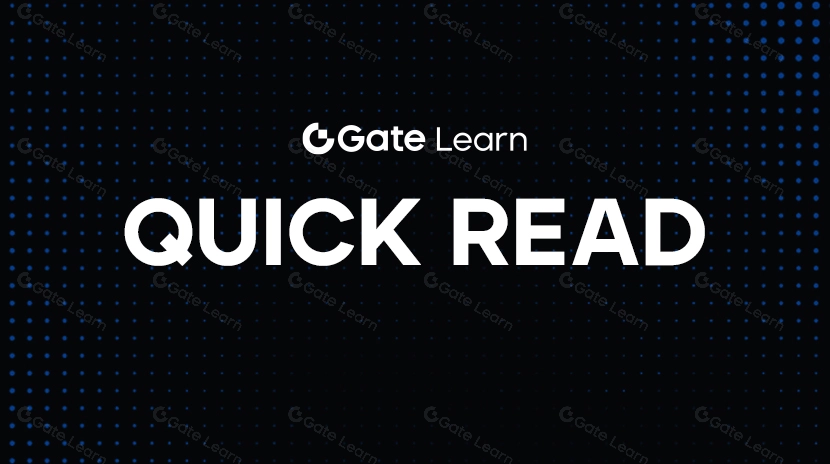
Analisando o Hack do Bybit Usando o Ataque de Assinatura Múltipla Radiant como Exemplo
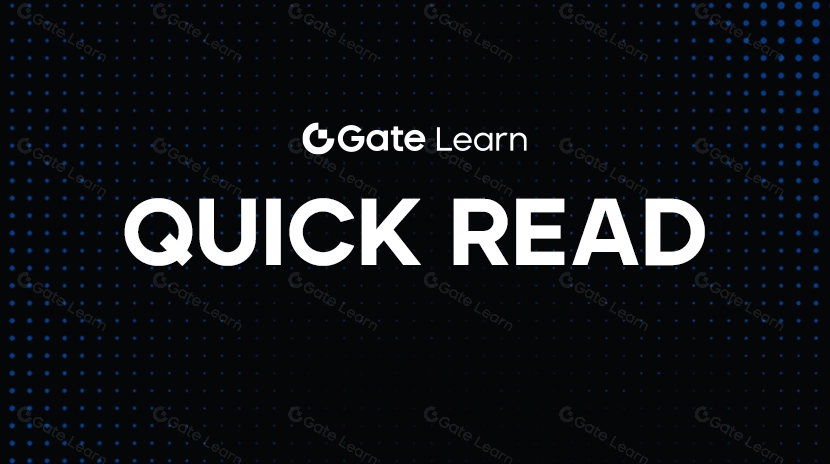
A esplêndida bolha e a verdade perdida das tokens de celebridade
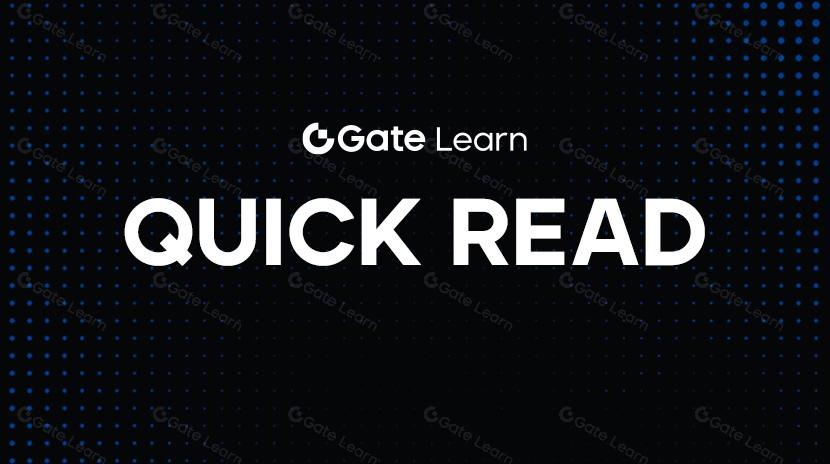
O que é FLock.io (FLOCK)?
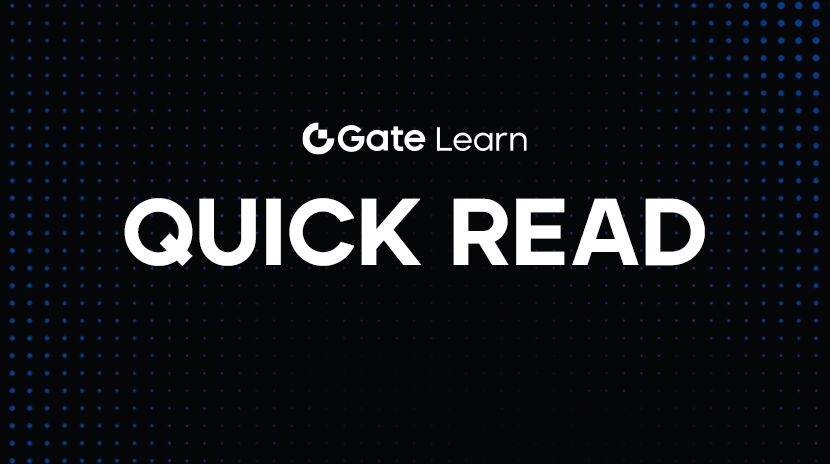
Os mais recentes desenvolvimentos de Cardano (ADA)
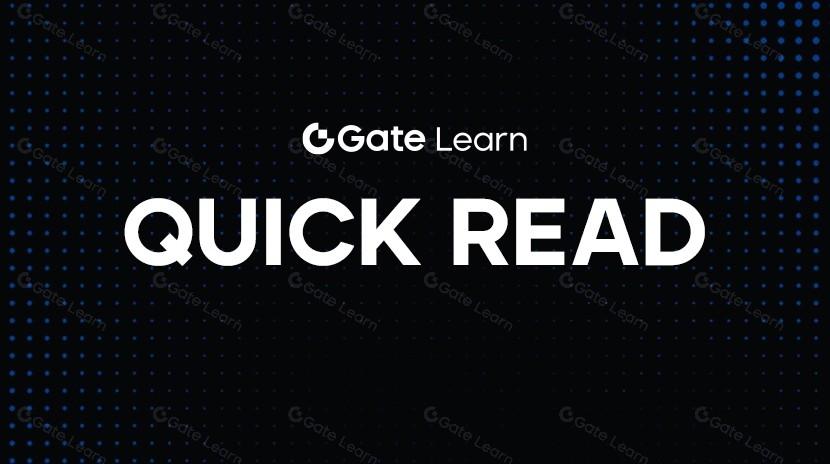
Grok AI, GrokCoin & Grok: o Hype e a Realidade
